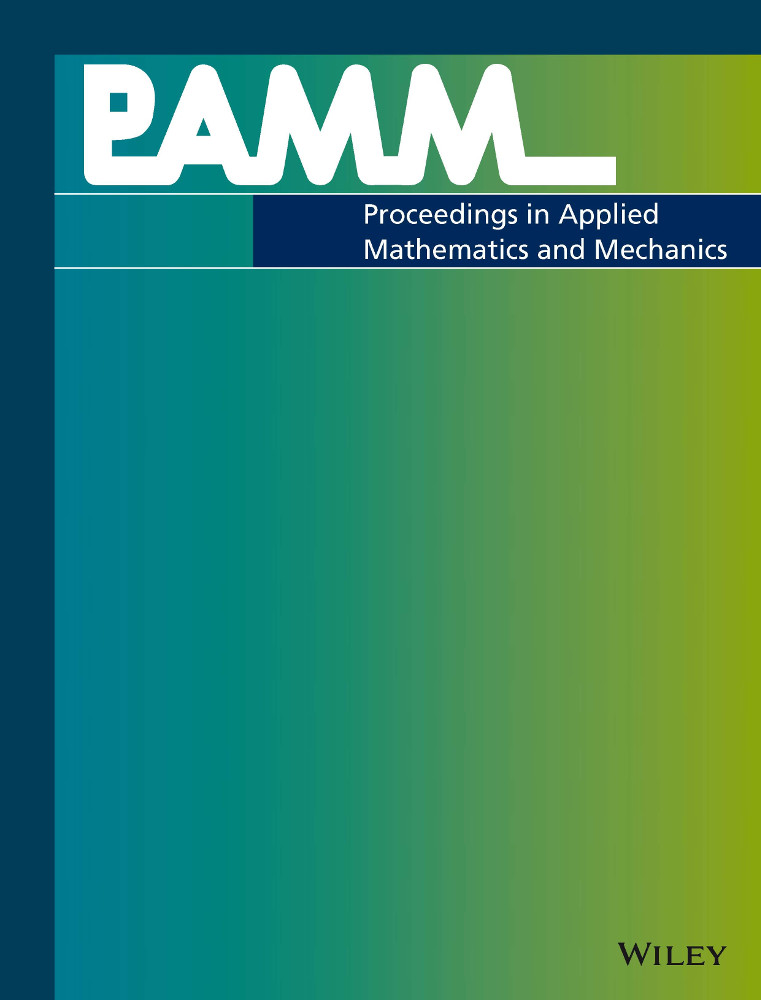Objectivity and accuracy enhancement within ANN-based multiscale material modeling
Abstract
Nowadays, supervised machine learning (ML) via artificial neural network (ANN) is increasingly applied within multiscale material modeling and homogenization to generate data-based, physics-informed material models as an alternative to conventional material models. This application is associated with many benefits, such as increasing of computational efficiency and accuracy. However, the establishment of a reliable data-based or ML-based material model requires the availability of a proper and sufficiently large database from small-scale simulations and appropriate processing of these data as part of the model building steps. In this connection, this contribution discusses the method to generate ML-based material models, which strictly fulfill a number of restrictions, such as objectivity (or material frame-indifference) and thermodynamic consistency (second-law of thermodynamics) for an elasto-plastic material response. While focusing in this contribution on anisotropic crystal plasticity, the two aforementioned restrictions can be fulfilled via the utilization of informed-graph NN and the application of data representation in spectral form. The numerical results show that learning the ML model to explicitly predict the plastic strain as an intermediate step not only enhances the fulfillment of thermodynamic consistency but also improves the accuracy of the final prediction.




